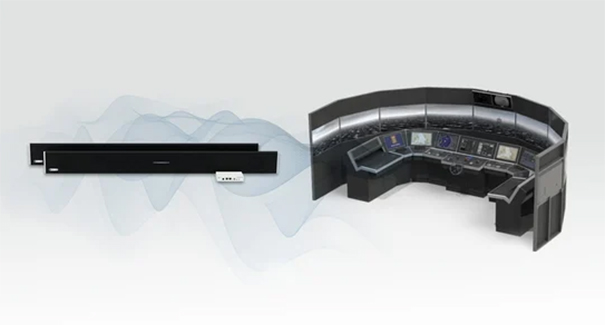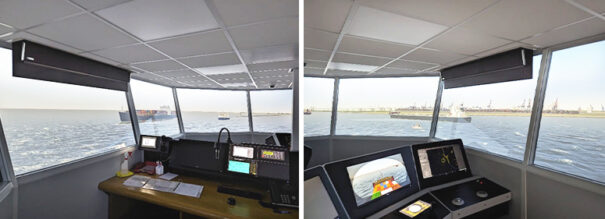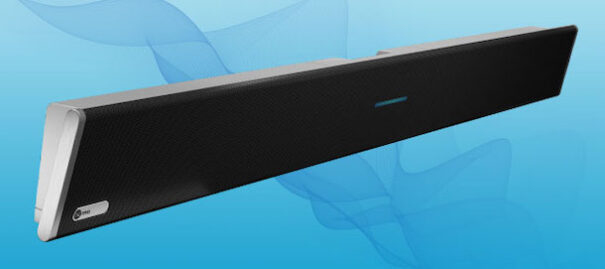Nureva facilita la formación náutica a través de simuladores en el MSTC
In the MSTC se ha instalado el sistema de audioconferencia Dual HDL300 de Nureva, what, gracias a la tecnología Microphone Mist, proporciona una cobertura de sala completa y reduce el efecto de los ruidos de fondo.
The centro de capacitación de simuladores marítimos (MSTC) ha renovado su sistema de audio para fomentar las comunicaciones en su entorno educativo utilizando la tecnología de Nureva.
Ubicado en los Países Bajos, the Instituto Marítimo Willem Barentsz colabora con el MSTC para brindar educación y capacitación en simulación náutica. Este último es el único centro marítimo donde se puede ganar tiempo de navegación a través de un entrenamiento intensivo en un simulador.
En el entorno de simulación de puentes del MSTC, los estudiantes se mueven por el espacio para realizar diversas tareas. El audio debe enviarse al profesor en la estación del instructor y a un sistema de circuito cerrado de televisión que graba las sesiones para reproducirlas a los estudiantes durante las sesiones informativas.
Initially, el audio era manejado por una serie de micrófonos XLR que solo proporcionaban retroalimentación en vivo a la estación del instructor. Más tarde, se cambió a un micrófono estacionario conectado directamente al sistema de cámaras de CCTV. Este sistema no proporcionaba una recogida adecuada cuando los estudiantes se movían por el espacio. In addition, hubo problemas con demasiado ruido de fondo (sonidos de motor, etc.) en la transmisión.
Los miembros del personal investigaron en línea varios sistemas de micrófonos. Luego se comunicaron con Comcross, un proveedor de tecnología para salas de reuniones, para obtener información adicional. Proporcionó a MSTC una demostración del sistema de audioconferencia HDL300 de Nureva para salas de tamaño mediano.
Tras esto decidieron instalar un sistema Dual HDL300 para grandes espacios. También se realizó una prueba del sistema HDL200 para sus espacios de puente más pequeños.
Ya sea en una sala de reuniones, un salón de clases o un simulador náutico, los productos de Nureva utilizan la tecnología patentada Microphone Mist para proporcionar una cobertura de sala completa para que se pueda escuchar a los oradores sin importar dónde se muevan en un espacio.
La tecnología también reduce significativamente el efecto de los ruidos de fondo a través del control de ganancia basado en la posición, así como de la orientación de sonido inteligente, que identifica los persistentes no deseados (como los motores) y deja de captarlos.
You liked this article?
Subscribe to our Feed And you won't miss a thing.

















